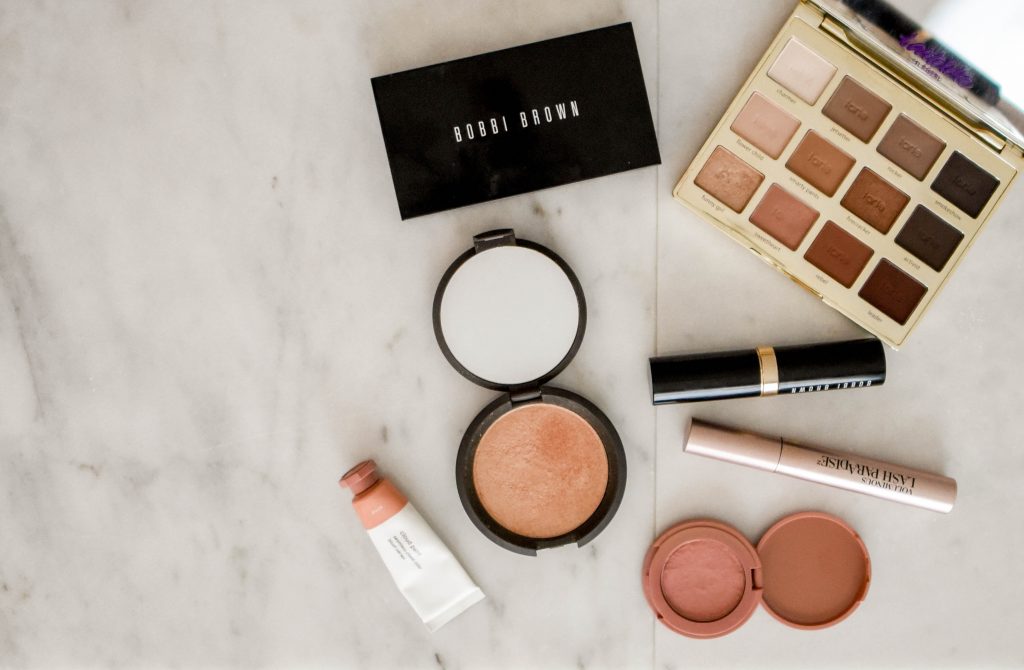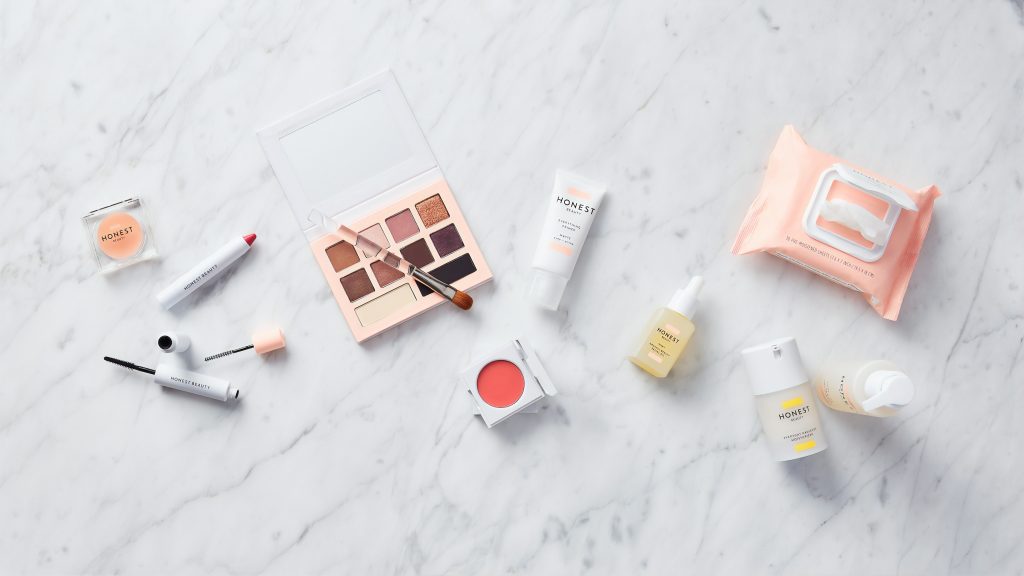Makeup has received fairly negative coverage in the media. However, it is still the most popular way to hide imperfections and achieve smooth and healthy-looking skin. Many people get trapped in a cycle: they wear makeup to hide a skin condition. Due to their choice of makeup, the symptoms associated with the condition worsens and the need for wearing makeup is increased. Which then, again, exacerbates the symptoms associated with the condition.
Does that mean all makeup is unhealthy? Fortunately, not. I am frequently asked for product recommendations, or brands I endorse. People understand the value in choosing what to put on their skin with care. Choosing the right makeup for your skin is not about supporting a particular brand, but rather, about eliminating ingredients which can trigger inflammation and exacerbate the symptoms of existing conditions.

Common needs for makeup and how dermatologists can help;
The purpose of makeup is to highlight your features and hide imperfections. The irony of the situation is that those who don’t need makeup, don’t suffer the side effects of it. Those are most sensitive to chemicals and likely to experience breakouts and inflammation, are those who need it the most. Foundation is applied to give the illusion of a smooth complexion. Many influencers in the online sphere have also hinged their fame on contouring videos which demonstrate to viewers how they can use copious amounts of makeup to add depth and shape to their faces. The transformations are surprisingly dramatic and remind us that makeup certainly has an important place in society. The people who gain the most confidence when they apply makeup are those who suffer from conditions like;
Acne
People with acne can wear makeup to minimise the visual symptoms of the condition. The symptoms can trigger major insecurities and hamper self-confidence, there’s no need to endure that in order to minimise makeup use. Choose makeup products with care to avoid acne caused by makeup, like Acne Cosmetica. Breakouts resulting from makeup can be difficult to recognise because it may take as long as 6 months for symptoms to show visually. Without identifying the makeup as the cause, it is easy to get trapped in the cycle of applying makeup and seeing new breakouts, which leads to applying more makeup.
I often treat acne. First, she will grade the acne, grade 1 being mild and grade 4 being severe. The treatment protocols are usually long term and can take around 8 weeks to take effect. When the symptoms are reduced, the treatments need to continue to prevent future outbreaks. I also investigate a possible cause for the breakouts and suggest the most relevant treatment, which could include oral medications, topical medications, laser treatments, and chemical peels.
Scarring
Scarring occurs as a result of trauma to the skin – this can be the aftermath of acne, burns, puncture wounds, or scratches. The different types of scars include keloid scars which stand up above the surrounding skin, contracture scars which can contort the surrounding skin (like burns), hypertrophic scars which are similar to keloid scars but only extend as far as the injury, and acne scars which can resemble pits, waves, and dents in the skin. Treating scars is often the most effective way to minimise their appearance. You may get topical medications like a gel, ointment, or cream. There are also stronger prescription medications available. Sometimes, I prescribe antihistamines to reduce and the itch and steroids to minimise inflammation. There are also several surgical options as well as collagen and other filler injections.
Pigmentation
Pigmentation is a condition that causes enormous discomfort for people because their skin tone appears uneven. It is especially common for those with darker skin tones. Pigmentation is caused by sun damage, inflammation, conditions like acne vulgaris, hormonal changes (like pregnancy), and certain medications can trigger pigmentation. Finding the cause of pigmentation is fairly straightforward and eliminating the causes will be more effective than covering the changes in skin tone with makeup. In severe cases, good quality makeup can help to maintain confidence during the treatment phase. We’ll have a look and see based on your unique circumstances.
Eczema
Eczema is a highly volatile condition with flare-ups. These flare-ups are categorised by severe symptoms which include inflammation, itching, and a dry scaly texture on the skin. The severe itching sensation can lead to bleeding, especially in young children. When eczema is visible, it can be distressing. While the key to treating eczema lies in applying moisture, it is important to avoid triggers. Triggers vary from person to person, identifying triggers is one of my first courses of action. Thereafter, anti-inflammatory treatments, moisture protocols, and antibiotics may be employed alongside management of triggers.
My best tips: How to choose the best makeup
When it comes to applying makeup, I always give the same advice: Less is more, thin coverage is enough! concealers are underutilized, remember to moisturise properly before you apply makeup, and lastly (but very importantly), sunscreen is mandatory! How to choose the best makeup:
- It’s not enough to stick to a certain brand and purchase any products they manufacture. It is important to read the labels and learn to identify the problem-causing ingredients. Apply only makeup that is oil-free, non-comedogenic, and won’t clog pores.
- Makeup remover should also be oil-free. Ensure you use makeup remover to clean your face before bedtime, every night. This process should be done gently without harsh rubbing or scrubbing. Follow with a cleanser and a moisturiser.
- When applying makeup, use good quality brushes that are designed to be gentle on the skin. Avoid pulling, rubbing, or friction, you should apply the makeup gently.
- Don’t reuse the same makeup brushes and applicators. They gather dirt and bacteria incredibly fast, which can cause and exacerbate skin conditions. The bacteria that causes acne is highly contagious and it spreads easily. Avoid sharing brushes with other people and also ensure you don’t reinfect yourself. Replace your brushes often.
- Don’t simply cover your skin condition with makeup. Use makeup alongside your medical treatment routine to ensure the underlying causes of the condition are treated. Often, this can minimise the symptoms and reduce the need for makeup.

What kind of makeup should you use?
Different types of makeup contain different ingredients. It’s not always about the most expensive or “natural” brands. It’s about choosing the product that doesn’ contain ingredients which impact the health of your skin. There are a number of different types of makeup. This subject has so much value, we will be covering it as a standalone feature – NEXT!




